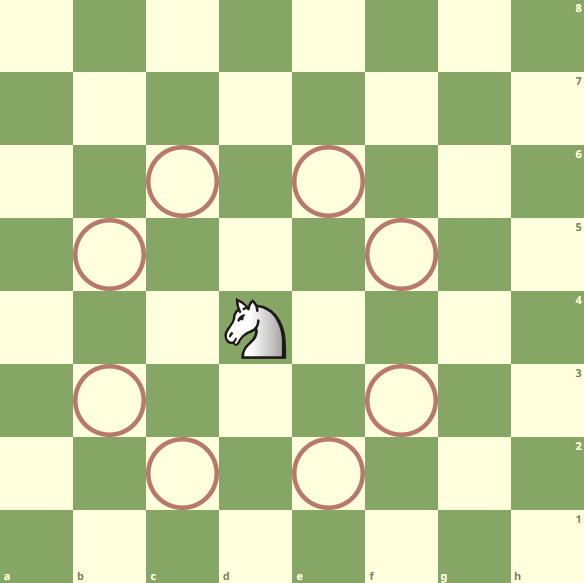Forks in chess are a tactic where you attack multiple pieces at the same time with one move. Since your opponent can only move one of them at a time, they will inevitably leave something behind for you to capture and gain a material advantage. Knights are especially good at forking but all the other pieces (including the king!) can also get the job done.
Forks in chess: a devastating tactic
Fork tactics in chess involve moves that attack multiple enemy pieces at the same time. If you’re targeting unprotected pieces or those that are more valuable than the attacking piece, you will almost always win material.
The most effective forks tend to include forcing moves, like a check, which mandate your opponent to immediately respond. The most powerful example of this is known as the “royal fork” where you attack the opponent’s king and queen at the same time. The king has to get out of check, leaving the queen behind for you to capture. Sometimes you can even attack a king, queen, and rook at the same time—this is called a “family fork.”

Every chess piece is capable of attacking multiple targets at the same time, even the pawn and the king. Knights, however, are the undisputed masters of the art.
Knight forks: the most devastating kind
Knight forks in chess are the nastiest attacks out there, especially on lower levels of play. They are tricky tools with the capability to jump over the other pieces on the board and they also move in a weird L-shaped way. This makes it even more challenging to visualize knight forks.
Perhaps the best way to visualize these attacks is to think of possible knight moves like a circle, the way it’s highlighted in the image below. These are the squares they can target at the same time, so mapping this circle on any potential knight destination should help you figure out whether you’re headed towards a fork or not.

How to avoid getting forked in chess
Spotting chess fork opportunities goes both ways: if you spot in time that your pieces are lined up in a problematic way, you can move them out of the way or protect them before your opponent gets a chance to strike. To that end, you need to practice, practice, and then practice some more: grinding those tactics trainers will make it easier for you to spot these opportunities.
You should also try to keep your pieces protected at all times. “Loose pieces drop off”, as the saying goes, and the less vulnerable your army is against surprise tactics, the better your chances are in a chess match. It is also a good idea to keep scanning for whether you (or your opponent) have pieces lined up on the same rank, file, or diagonal, as this often reveals specific tactical opportunities. Forks, pins, and skewers all revolve around the placement of pieces.







Published: Apr 25, 2022 07:58 am